There’s been an explosion in the number of ways, and number of devices, that you can measure how much you move about, how fast you move about and how much effort it’s taking you to move. Not a week goes by that I don’t get an email in my inbox telling me about the latest must-have gadget.
Usually I read them, then stick on one of my Garmins and go running, swimming or cycling. I’ve got a few gadgets, I probably don’t need any more. But you can’t stop progress – and there’s a few things that my ageing devices don’t do.
Last month, I wasn’t running, but I was doing plenty of other stuff. I was cycling to and from work still, going to the gym and swimming. So when an email popped into my inbox asking me to try out the Basis Peak, I thought it might be a good time to give it a go. My mum had said she wanted to try a fitness tracker, so I thought I’d give it a go for a few weeks then pass it on to her to play with.
When it arrived I was a bit surprised that it looked like a sports watch. I expect activity trackers to look more like wristbands, but this was very watch like. It meant that the display was big and easy to see, so probably useful for my mum, and I’m used to wearing a sports watch all the time so appearance wasn’t a problem.
I charged it up, downloaded the app it uses to my phone, and put it on ready to go about my day. First up I cycled to work. This was interesting – it doesn’t have a start/stop button so you just get on your bike and start riding and by some sort of whitchcraft, the Basis Peak knows that you’re cycling.
I glanced down at the first set of lights about a mile from my house, and sure enough it had registered that I was on a bike. BUT HOW DOES IT KNOW? I spent the next four miles wondering this. (I’m not totally sure but I reasoned it must be a combination of my heart rate going up to indicate I was exercising and my arm not moving.)
It measures your heart rate via some optical sensors under the watch, so no separate strap. This is a plus. I kept it on that night and through monitoring my heart rate through the night, it measured how much sleep I got and told me the next day. It was kind of fun to see. You can set goals within the app like ‘get more sleep’ and ‘go to bed earlier’. They’re measurable and this is quite good. We’re all guilty of thinking we’re doing things we’re not.
The next day I went to a circuits class at the gym, and swimming. This was when I started to find the limitations of the Basis Peak. It records your activities as either cycling, walking or running, so both my class and my swim were recorded as runs.
It was quite disappointing for a watch that boasts that it’s water resistant and safe to swim in not to be able to press a button to record a swim as a swim. Though my heart rate was picked up throughout the swim.
By the end of the week of using it, I was ready to go for my first proper run – just 20 mins round the block. The Basis Peak registered this as a run without me having to press anything to start and stop it and showed my heart rate which was fun to see after. However, it doesn’t have internal GPS, so no distance or pace stats which is disappointing. I work with beginner runners and from week 1, they’re all keen to know how far they’ve run.
You can link the Basis peak up to the Runtastic App to get distance and pace info, but this requires you to have your phone on you and it paired tot he watch via Bluetooth throughout, which is all a bit of a faff. I tried the Microsoft band earlier in the year (which my sister now happily uses) and this has GPS for the same price point.
I’m not the target market for activity trackers – I want to measure the nitty gritty of my pace and laps. I want to know the speed of each mile and be able to see it as I run along. I want a bike GPS that can tell me which way to go all the way to Rotterdam. So for people who are just looking to be more active in everyday life, these sort of stats are probably enough to be helpful. But the Basis Peak looks like a sports watch, so I expected it to act more like one. And that’s where I think they’ve got it wrong.
I was sent the Basis Peak to try for free. Views above, quite obviously, unbiased.

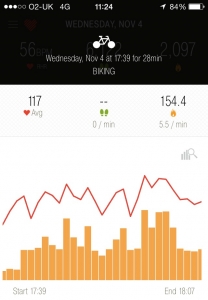
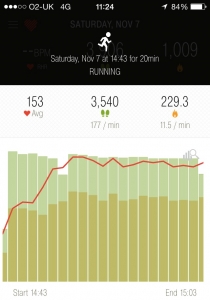


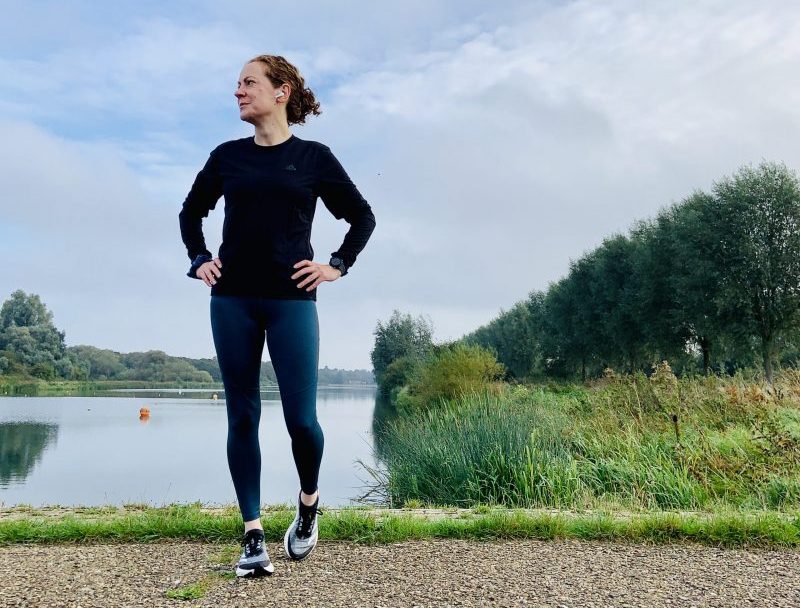
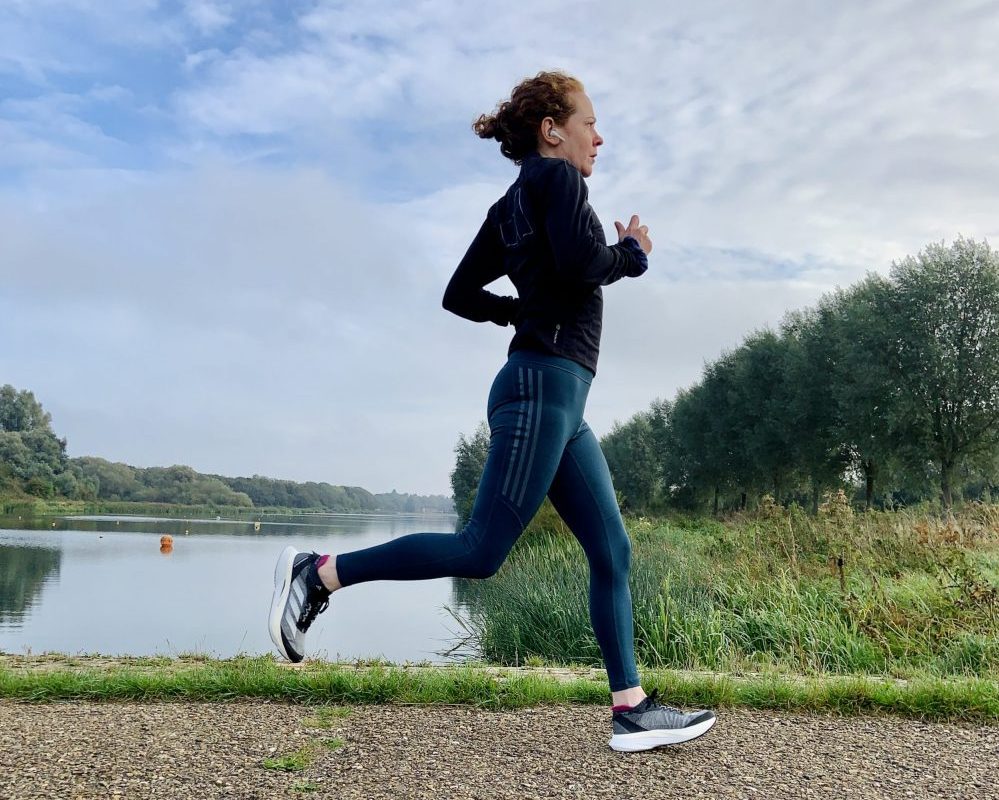
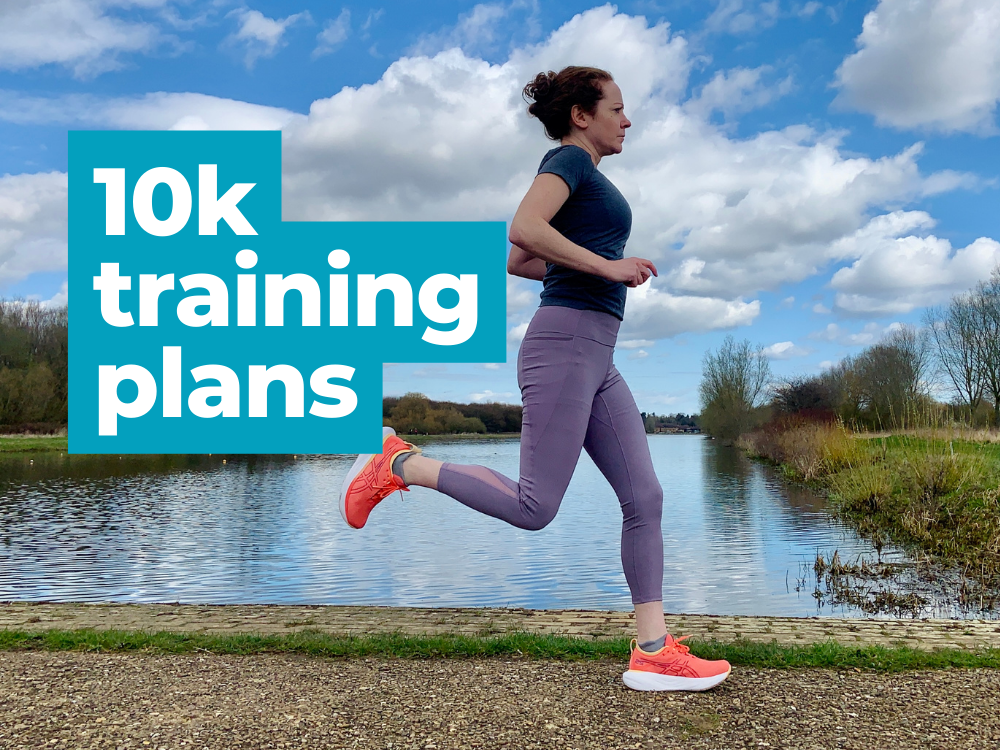
Hi, Whilst not directly linked to this review, I’m thinking about a GPS watch/tracker for the first time (hopefully as a Christmas gift!) & would welcome your advice. I usually run with my phone & the Runkeeper app & like your beginners, I like that I get prompts & details of my pace, times & route. I’m thinking of runs when I won’t be able to use my phone / app / music (I’d like to try a few races!) and wonder how you rate the Garmin Forerunner 10 as an entry level device?
Hello
I have the Garmin 630 and haven’t used the Forerunner 10 though I’ve heard that it’s a good entry level GPS and will give you the stats you need to know. Shop around and you should be able to pick one up very reasonably.
This looks neat, but yeah I’ve gotta have that GPS/distance tracking if I’m gonna use one of these. I mean, that’s basically the entire reason I use one in the first place!
Been looking for a fitness tracker, thanks for the info!